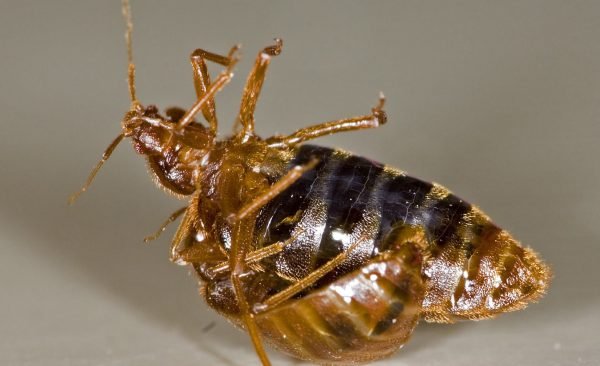

Did you know that a single female bedbug can lay hundreds of eggs throughout her lifetime? While bedbugs were nearly eradicated in the last century—primarily due to the use of now-banned pesticides—they’ve made a dramatic resurgence in recent years, posing a serious threat to both homeowners and businesses.
Dealing with a bedbug infestation requires expert intervention. These pests are remarkably resilient, surviving many ineffective extermination methods and often spreading even further when improperly treated. If you suspect bedbugs in your home or business, acting quickly is crucial, as the infestation will likely escalate over time.
📞 Schedule a Free Inspection Today – Click here to request an expert assessment and determine if your property is affected.
Recognizing the signs of a bedbug infestation begins with understanding their life cycle. Here’s a breakdown of each phase:
Bedbug eggs are incredibly small—roughly the size of a grain of salt (about 1 millimeter or 0.039 inches in diameter). These pearl-white eggs are often hidden in tight cracks and crevices, making them difficult to detect. Within five days, a small dark dot forms on the surface, and under optimal conditions (70–90°F), hatching occurs within 6–9 days.
Many common extermination methods may eliminate adult bedbugs but fail to destroy the eggs, leading to reinfestation. This is why partnering with an experienced pest control specialist is so essential.
Once hatched, young bedbugs—known as nymphs—immediately seek a blood meal. However, the period between hatching and their first feeding is their most vulnerable stage. Without access to a host, a nymph may die from dehydration before finding its first meal.
However, studies suggest that over 80% of nymphs survive to adulthood. As they develop, they undergo five molting stages, shedding their skin much like snakes do. Each molting phase requires a blood meal, enabling the nymph to grow and mature into an adult.
Under ideal conditions, a nymph progresses to adulthood in approximately 37 days. Cooler temperatures (50–70°F) can extend this process by several days.
🚨 Think You Have Bedbugs? – Request a free inspection today to take the first step toward elimination.
Adult bedbugs are brown, oval-shaped, and flat, measuring about a quarter of an inch long. They are nocturnal, hiding during the day in cracks and crevices near their hosts and emerging at night to feed.
Common hiding spots include:
As infestations grow, overcrowding can push bedbugs to seek refuge farther from their usual feeding areas. Typically, adult bedbugs feed every 3–7 days and may bite multiple times before settling on an ideal feeding spot. A feeding session lasts between 5–10 minutes, causing the insect’s body to expand and darken from brown to purple.
Once they reach adulthood, bedbugs are ready to mate. However, their reproductive process is particularly unique—and aggressive. Male bedbugs practice “traumatic insemination”, piercing the side of the female’s body and depositing sperm directly into a specialized organ.
This process physically scars the female, and excessive mating can reduce her ability to produce eggs. To protect themselves, mated females often leave their colonies to recover, which can further spread infestations throughout a property.
A well-fed female can lay up to 20 eggs after a single blood meal, and over the course of her one-year lifespan, she may lay hundreds of eggs—leading to rapid population growth.
Bedbugs don’t need a large colony to start an infestation. A single female that has already been inseminated can be enough to establish a growing presence in your home or business. Worse yet, once she exhausts her initial sperm supply, she can mate with her own offspring, compounding the problem exponentially.
🚨 Take Action Now – If you’ve spotted a bedbug or suspect an infestation, contact a professional exterminator immediately to schedule a free inspection.
📞 Presidio Pest Management
📍 (248) 457-5233
📧 info@presidiopestmanagement.com
This version enhances clarity, professionalism, and engagement, making the post more authoritative and persuasive while maintaining all the critical details. Does this align with what you were looking for? Let me know if you’d like any further refinements!

